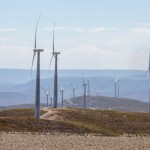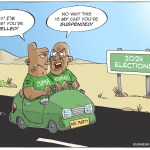Our Burning Planet: Analysis
If you can’t see it, it’s not there: Why SA is slow on the climate up-take (Part 2)
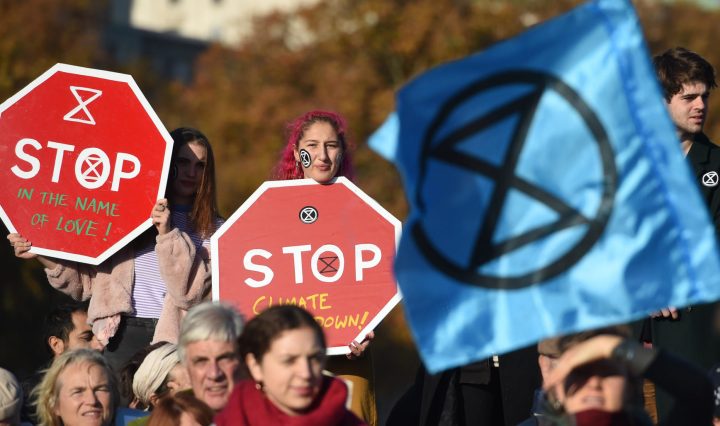
Nature has been sending up warning flares for decades, telling us that the climate is tipping towards a state that will be unlike anything human civilisation evolved in. Recently, the United Nations’ global collective of climate scientists issued its most shrill warning yet – that we have 12 years in which to bring planetary carbon emissions in check or face runaway climate breakdown. But why has it taken so long for us to join the dots between the extreme weather events unfolding globally, and this closing window in which to slow climate change?
See Part 1 here:
This month Daily Maverick joined a host of newsrooms from around the world which have recently run self-reflective editorials, acknowledging how slow the fourth estate has been to get on top of the climate change story. It announced the launch of a series named “Our Burning Planet” through which, it says, it’ll turn up the volume on reporting on the issue, specifically through focusing on the overlap between climate change and how effective our government is in terms of responding.
“The Earth is on fire,” the accompanying headline cried, “it’s time to start worrying.”
It really is. This is a slow-burning crisis that’s been heading toward us for three centuries, but the fires are now starting to break out around our very feet.
Behind the scenes, though, a handful of slightly irritated science journos are muttering among ourselves that it’s about bloody time that mainstream news started paying attention to what we’ve been saying for years is the most important story of the century.
Mandi Smallhorne, president of the South African Science Journalists Association and board member of the World Federation of Science Journalists, responded to the Daily Maverick editorial by saying that she is “delighted that a few major publications have begun to understand that this is the biggest and most important story they will ever cover, one that has implications for every single human being on Earth”.
Governing this country so that it can respond appropriately to a threat of this magnitude calls for an informed public that has “the knowledge to demand better governance in key areas — and that’s our job as science, and specifically climate change, journalists”.
But the problem isn’t just that the fourth estate — a crucial pillar of a functioning democracy — has failed so badly in its role to educate and activate the voting public, and hold government accountable for how it responds to climate change.
It’s a wider problem across society. In part, it’s a problem of our general scientific illiteracy. It’s in our inability to get our heads around a problem as big as this (the scale is planet-sized, but also crosses generations and timelines that are hard to fathom). It’s rooted in the mismatch between short-term political time horizons, and the generations-long responses needed to slow the causes and respond to the consequences of climate change. And it’s in part our outright denial (sometimes wilful, sometimes a natural fright-freeze response).
After more than 15-odd years of reporting on this “marginal” beat, here are some reflections on why we’ve sat about while the front line of the fire has been smouldering ever closer.
If you can’t see it, it’s not there
One of the most common mistakes in telling the climate story is the stock photograph of the chimney stacks at a power station belching out clouds of white fumes. This is water vapour from a cooling tower, not the greenhouse gases that cause climate change and which aren’t visible to the eye. This common mistake speaks to a wider misunderstanding of the processes that drive human-caused climate change.
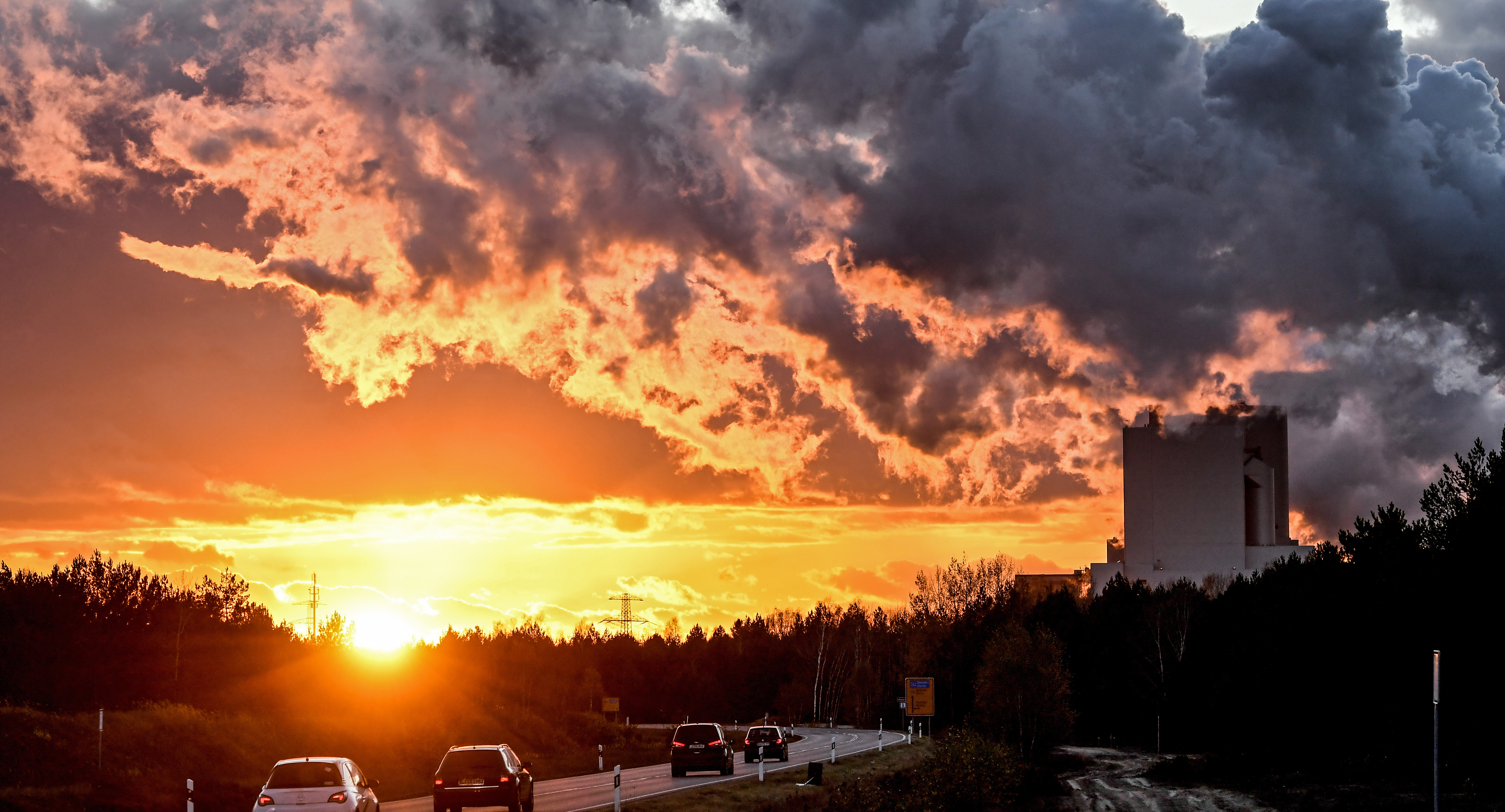
Water vapour rises from the lignite-fired power station of the energy company LEAG in Boxberg, Germany, 30 October 2017. EPA-EFE/FILIP SINGER
I’ve just helped run a short climate change training programme with some professional communicators. Even after two days of wrestling with the basic science of climate change, many were still confusing ambient air pollution (the environmental and health problems associated with, for instance, soot and smoke coming from chimneys or car exhaust fumes) with carbon emissions that lead to climate change.
Levels of scientific literacy — in our newsrooms, and in society at large — are cripplingly poor, and this is the failure of our education system. How can we have an active and responsive citizenry, fired up by responsible journalism, if most of us don’t understand how the natural world works, and how our very survival depends on it?
Today’s max is 24°C, tomorrow’s is 37°C; so what if the average temperature goes up by 1.5°C relative to a time before our great-great grandparents were born?
We don’t understand the difference between climate and weather, or what a small increase in average temperature over 300 years means for the daily highs and lows on either side of that in our daily experience of weather. The UN’s Intergovernmental Panel on Climate Change (IPCC), which has been notoriously conservative in its language, recently issued its most strident warning so far: that we have just 12 years in which to level off our global carbon emissions, otherwise we risk stepping across the critical 1.5°C rise in average temperature, relative to the pre-industrial era. This is the threshold beyond which the climate starts to move into a state that is outside that which our civilisation evolved.
It’s all connected
If we turn off the air conditioning on the far side of a room, eventually even the furthest corners of it will start to feel uncomfortable. Photos of polar bears starving up at the Arctic might not resonate with many of us suffering down here in a heatwave, but they’re a sign that the planet’s aircon has been turned off, and that eventually the rest of the planet will start to feel it.
Slow nature vs fast politics
It’s hard to get our heads around the fact that the environmental shocks we’re seeing now — record-breaking hurricanes in the Gulf of Mexico, wildfires in Australia, savage drought here in southern Africa — are the local expression of pollution that was put up into the atmosphere in places half a planet away, and before you and I were even born.
We’re being hit by a truck that’s had 300 years to build momentum; the brakes have failed, and it’s going to take as many years (if not longer) to slow the monster down. If politicians are going to respond with the necessary urgency, they need to think beyond the next five-year voting horizon. They’ll need to make decisions that could result in austerity measures that the voting public won’t like, and could seem like job suicide for the politician. The same goes for big corporations, which need to be as agile and aggressive in their responses, even if their shareholders or CFOs don’t like it.
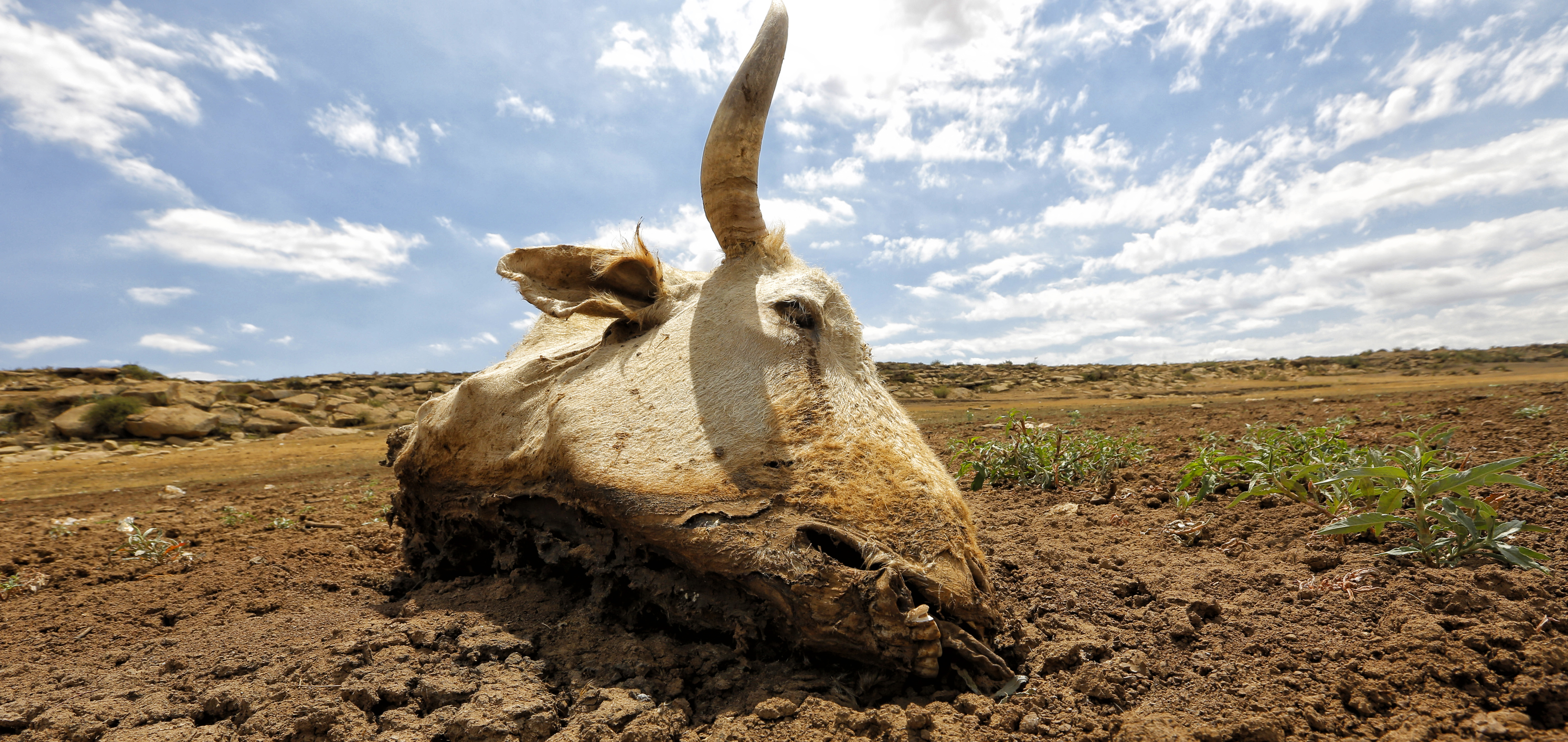
A dead cow in the dried mud of the empty water supply dam in the rural farming town of Senekal, South Africa, 11 January 2016. L EPA/KIM LUDBROOK
Caring about the unborn of tomorrow
Responding to climate breakdown means taking on austerity measures that might be uncomfortable to us now, but which wewon’t necessarily benefit from in our lifetime. We’ll be changing our lifestyles and restructuring the economy in the hope that a generation of hypothetical unborn people won’t have to figure out how to survive a famine a century from now. Are we, as self-centred, capitalism-conditioned humans, able to be altruistic enough to take a hit now, so that others can benefit later?
Our newsrooms have failed us
Climate change is still seen as an environmental story, and the environmental “beat” is regarded as a nice-to-have, rather than headline news.
Most editors think that once their teams have done the important reporting — the politics, the business, even the sports writing — if they’ve got a bit of unfilled space in the paper or budget for extra copy, then they can pop in an altruistic little environmental piece.
It’s a bit like someone taking care of all their day-to-day responsibilities — running the kids to school, paying the bills, doing the grocery shopping, turning up at work ready for a meeting — and only if they’ve got a bit of spare change in their time budget, they’ll spend it doing some charity work over the weekend because, you know, we all want to make the world a better place.
Few South African newsrooms have specialist science or environmental reporters. And few are willing to pay skilled freelancers a fair fee to generate these stories. Few newsrooms give climate issues the front page, because they don’t join the dots between a functioning environment and a healthy society.
Without the free services offered by nature, there would be no food, no water, no clean air, no regulated climate. Without a healthy environment, there will be no school runs, no homework, no groceries to buy, or food on the table.
The problem with our accounting system
When the local city garbage trucks do their weekly rounds, we’re happy to pay the city to take our waste off our hands and dump it at the local landfill. We pay for this service. The atmosphere is like that landfill: we’ve been dumping our carbon emissions into it for 300 years. Only we haven’t paid for the service.
That tank of petrol we’ve just paid R650 for: The price tag covered the cost of drilling and refining the oil, shipping the petrol to the corner petrol station, and the staff to fill the tank. It doesn’t cover the cost of all the emissions put out into the atmosphere through the entire value chain, or the emissions produced by us as we burn that in our cars. If those “external” costs were included in the final cost of that tank of petrol, filling up would be much more expensive.
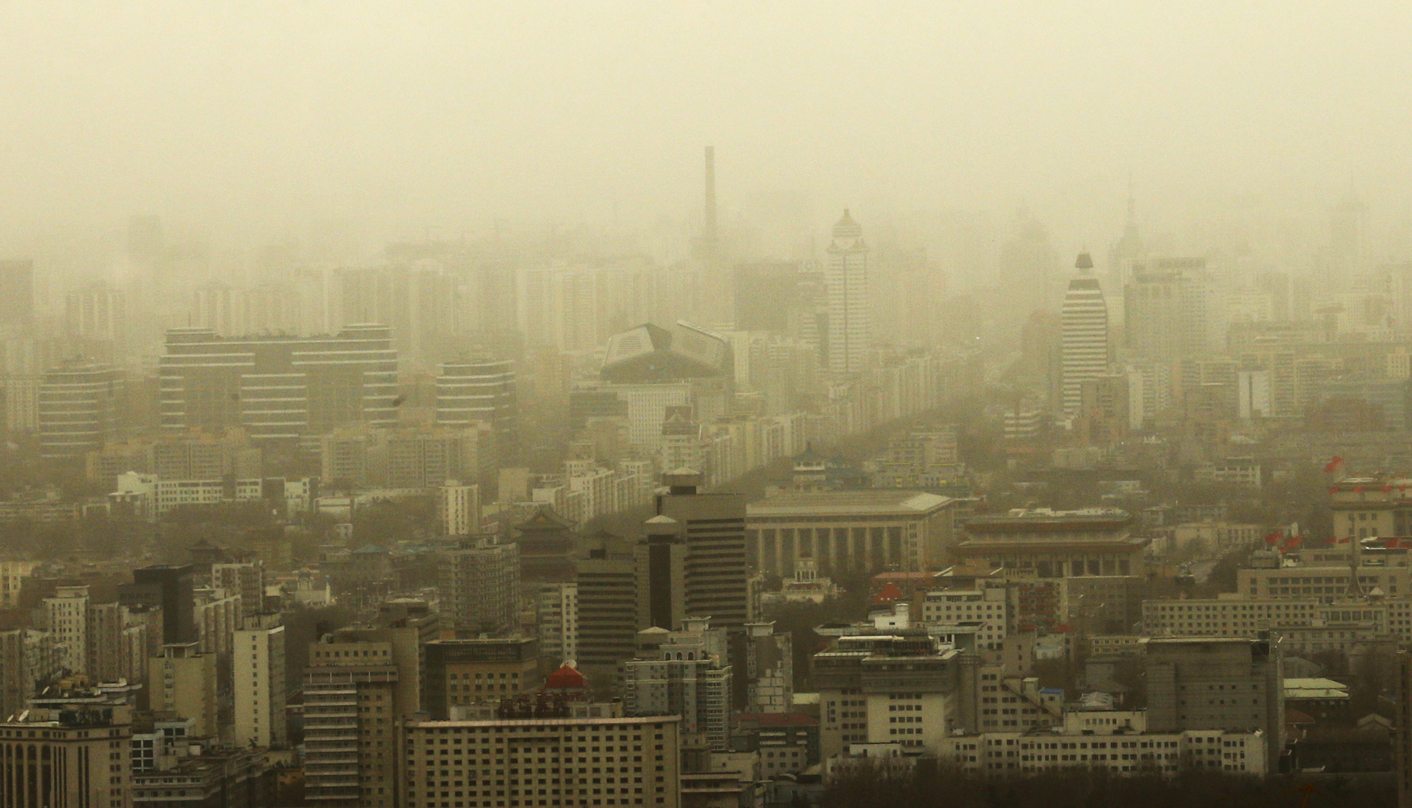
In her book This Changes Everything: Capitalism vs the Climate, Naomi Klein argues that climate change isn’t primarily about carbon emissions, it’s about the fact that the capitalist system doesn’t account for the cost of carbon emissions. Until the market includes these costs, the system won’t self-correct.
The shitty thing about this Cape Town drought, and all the extreme events unfolding around the globe, is that they are the atmospheric “landfill” bill finally demanding to be paid. If nothing else spells the collapse of the economic system, this will. It’s a bitter pill to swallow, the fact that we’re paying the bill of our parents, and grandparents, and great grandparents, who enjoyed that service free of charge. They’ve passed the debt on to us.
Letting the big players pass the buck
Too much of the messaging around how to slow climate change has been focused on getting individuals to change their behaviour and cut their carbon emissions. Only recently have newsrooms started turning their glare towards large multinational corporations who are among the biggest emitters on the globe.
There’s a parallel with how we’re responding to the plastics problem: most of the messaging has been geared towards educating end-users at the bottom of the value chain in the hope that they’ll care enough, change their behaviour, and start recycling. Envoilà, this’ll stop plastic pollution from gushing into the environment. The focus has not been on stopping the source of the plastics at the top of the value chain: and that’s largely coming from big corporates.
Since the end of World War II, neoliberal economic policy has allowed large trans-national corporates to become richer and more powerful than some of the developing world nation states that they operate in, and wield disproportionate bargaining power. Even in rich countries, many corporates have access to policy makers in a way that the voting public doesn’t.
Cognitive dissonance and powerlessness
There’s a whole field of psychology that explains how humans respond when they feel the emotional discomfort of holding two opposing ideas in their heads, like the knowledge that you crave some retail therapy, but indulging the need to self-sooth is going to shunt a whole lot of unnecessary carbon into the sky.
How do we tackle the story?
We need a “climate beat”, and we need to turn up the volume of our reporting — not just the number of headlines we run, but in the urgency of the language. This is an emergency, and the tone of our stories needs to reflect that. It’s also time our news editors realised that this is notan environmental story. It’s a political story. It’s an economic story. It’s a health story. It’s a development story. It’s even a sports story (several of the Cape Town Cycle Tour races, one of the country’s biggest cycling events and a significant tourism money-spinner, have been cancelled, shortened or stopped mid-way in the past few years, because of extreme winds, fires, heatwaves, or rain).
There are some specialist science journalists who’ve been “at it for a decade”, South African Science Journalists Association president Smallhorne reminds us, and these people “are uniquely well-placed to join the dots, to make sense of the science, and to tell the stories in user-friendly ways”.
Our newsrooms need to be jam-packed with journos who “get” the story, understand the complexity, and can join those dots.
We need a message of hope
When respected people at the coalface of climate change start to say, openly, that suicide is a legitimate retirement plan, then you know you need to take seriously the mental health implications as communities square up with the real threat of societal collapse: Our communities, economies, and our climate are going to hit a speed wobble. The problem is that facing the reality of the existential threat of something as big as this — it’s been barrelling towards us for 300 years, what difference is this little article going to make in the grander scheme of things!? — it can bring on a freeze-response.
Despair, fear and paralysis will bring on the one thing we can’t afford now — inaction. There’s an emerging literature on the likelihood of deteriorating mental health as people finally confront the existential threat of climate change. We’re likely to see a rise in depression, anxiety, self-harm, suicide, and interpersonal violence.
The same people writing about this argue that the best response is to boost people’s sense of agency in the face of this emergency. Newsrooms might see themselves bringing in a new reporting “beat”: Solutions journalism. If we tell stories about how communities, individuals, companies, and governments are responding effectively not just to reduce emissions, but to find effective ways to live in a more extreme, less predictable climate, we might all find the will to fight the ongoing fight. DM
Science writer Leonie Joubert has spent the better part of two decades writing about climate change, energy policy, invasive species, and the hungerobesity-poverty paradox in our cities. She’s now turning her pen towards two new home-made journalistic “beats”: the likely decline in mental health as communities face the existential threat of societal breakdown and climate-capitalism collapse; and “solutions” journalism, because she’s tired of spending her days doing a doomsday audit as the climate emergency unfolds over the course of her lifetime.




